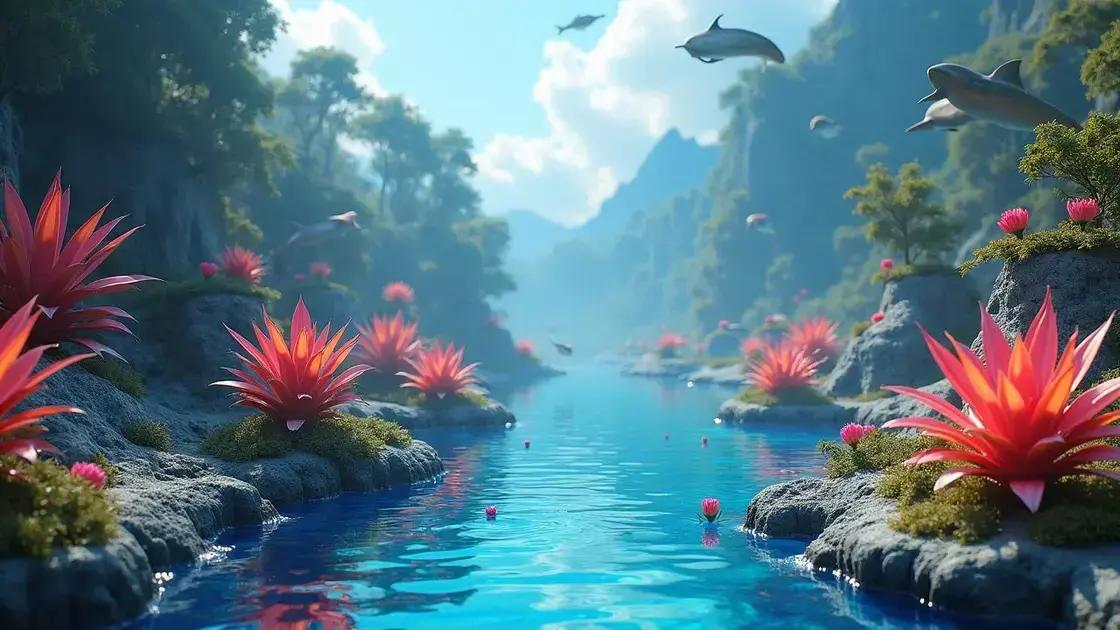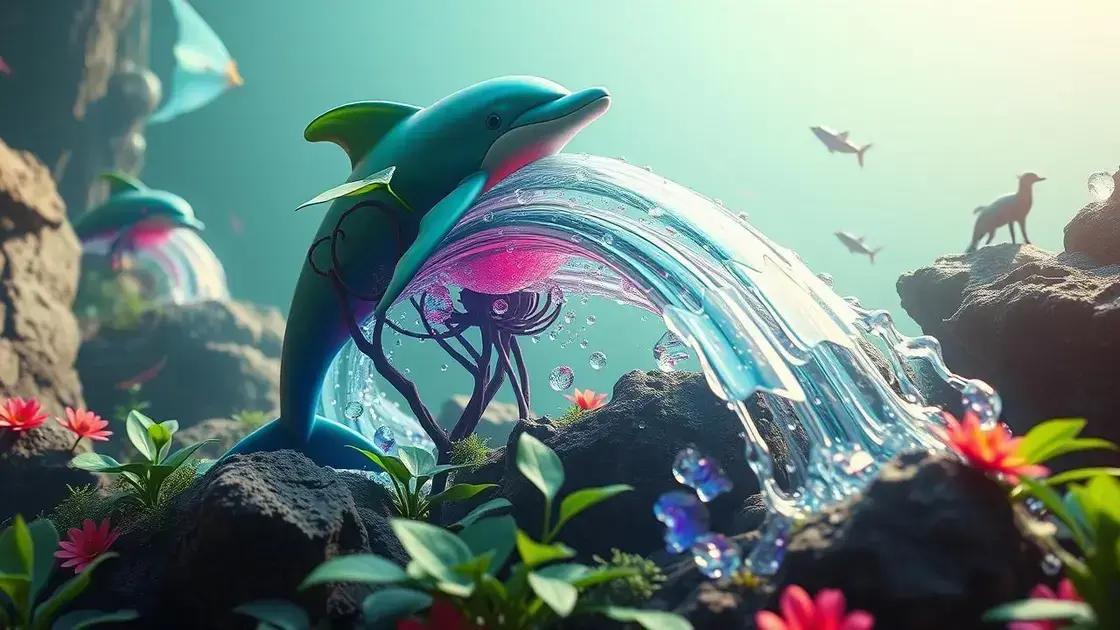How to Care for a Dolphin Plant: 5 Essential Tips for Thriving Growth
How to care for a dolphin plant may seem complicated at first, but it’s actually simple when you understand the basics. Knowing the right environment and care tips can help these unique plants thrive in your home. This guide will explore the essential aspects of keeping your dolphin plant healthy and vibrant.
Table of Contents
ToggleIdeal lighting conditions for dolphin plants
Ideal lighting conditions for dolphin plants are essential for their health and growth. These unique plants thrive in bright, indirect light, making them perfect for indoor settings. Here’s what you need to know to provide the best lighting for your dolphin plant.
First, consider the placement of your dolphin plant:
- **Near windows**: Place your plant near a window with filtered light. Avoid direct sunlight, as it can scorch the leaves.
- **Avoiding low-light spots**: Don’t place your dolphin plant in dark areas. It needs plenty of light to flourish.
**Optimal lighting time**:
- Provide about 10 to 12 hours of light per day.
- Using grow lights can supplement natural light during winter months.
Here’s a quick overview of light preferences:
| Condition | Recommendation |
|---|---|
| Direct sunlight | Avoid |
| Bright, indirect light | Best |
| Low-light conditions | Not recommended |
In addition to lighting, consider the temperature and humidity levels in your space. Dolphin plants generally thrive in temperatures between 65°F and 75°F (18°C – 24°C) and appreciate humidity levels of 50% or higher. For more tips on maintaining your indoor plants, check out exploring indoor gardening techniques.
By ensuring your dolphin plant receives the right kind of light, you can watch it grow and thrive with beautiful, vibrant leaves.
Watering techniques to keep dolphin plants healthy

Watering techniques to keep dolphin plants healthy are a vital part of their care routine. Using the right methods can ensure your dolphin plant remains vibrant and thriving. Here’s what you need to know about watering your dolphin plant effectively.
First, understand how often to water:
- Water your dolphin plant every 1 to 2 weeks, allowing the soil to dry partially between watering.
- Check the top inch of soil; if it feels dry, it’s time to water.
When it comes to techniques, consider the following:
- **Bottom watering**: Place the pot in a basin of water to soak up moisture from the bottom, ensuring even hydration.
- **Surface watering**: Water until it drains from the pot’s bottom, but avoid letting it sit in excess water.
It’s also essential to pay attention to the water quality:
| Water Type | Recommendation |
|---|---|
| Tap water | Use if left to sit for 24 hours to let chlorine dissipate. |
| Filtered water | Best option for sensitive plants. |
| Distilled water | Good, especially if minerals are a concern. |
For additional insights on maintaining healthy indoor plants, explore exploring indoor gardening techniques. By following the right watering practices, you’ll help your dolphin plant flourish and maintain its vibrant leaves for years to come.
Common pests and how to handle them
Common pests and how to handle them are a crucial part of maintaining a healthy dolphin plant. Regular checks can prevent infestations and keep your plant thriving. Let’s dive into identifying and managing these annoying invaders.
First, here are some common pests to watch for:
- **Spider mites**: Tiny creatures that can cause leaf discoloration.
- **Mealybugs**: White, cottony masses found in leaf joints.
- **Aphids**: Small, green, or black insects that suck plant sap.
To handle these pests effectively, consider the following strategies:
- **Regular inspections**: Check your plant weekly for signs of pests or damage.
- **Manual removal**: For smaller infestations, wipe leaves with a damp cloth.
- **Natural insecticides**: Use neem oil or insecticidal soap to combat larger infestations.
Here’s a quick comparison of treatments:
| Pest | Recommended Treatment |
|---|---|
| Spider mites | Increase humidity and apply insecticidal soap. |
| Mealybugs | Manual removal and neem oil spray. |
| Aphids | Use water spray to knock them off and follow with neem oil. |
Being vigilant about your dolphin plant’s health will ensure a thriving environment. For additional tips on fostering a healthy indoor garden, check out exploring indoor gardening techniques. Keeping pests at bay is key to maintaining lush, beautiful leaves on your dolphin plant.
In conclusion
Caring for your dolphin plant requires attention to various factors such as lighting, watering techniques, and pest management. By following the essential tips outlined in this guide, you can ensure your dolphin plant thrives, showcasing its vibrant foliage and unique beauty. Regular maintenance and vigilance will help you catch any issues before they escalate, leading to a flourishing indoor garden.
For more expert advice and tips on enhancing your indoor garden, engage with the houseplant community and explore fellow enthusiasts’ experiences. Happy gardening!

